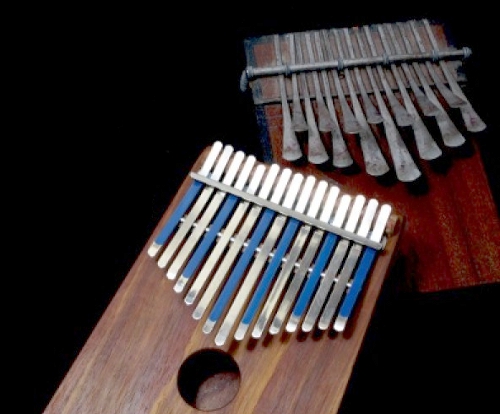
The future of the kalimba
With its ancient roots and its seemingly infinite new age possibilities, the kalimba continues to amaze the world. The future of this simple, traditional African instrument is a bright one with ever more kalimba resources.

With its ancient roots and its seemingly infinite new age possibilities, the kalimba continues to amaze the world. The future of this simple, traditional African instrument is a bright one with ever more kalimba resources.

A Melody Using the Upper Octave of the C Scale A Box Lotus and a Regular Lotus Karimba This series of tips is about scales and how useful they are for the kalimba player. We used the opening melody of the Bach Minuet in G as an example of how scale segments are used in melodies. Now that we have had a look at the upper octave of the C Major scale, I take you back to the Minuet melody. (By the way, the tablature here is for a 17-Note Kalimba in C, but the concept and even the tablature is the same for many other types of kalimbas.)
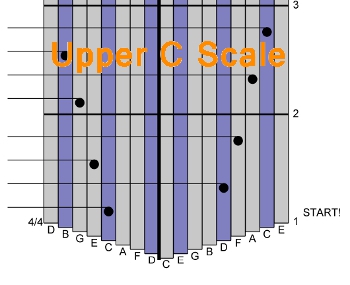
The Upper Octave of the C Scale A Box Lotus and a Regular Lotus Karimba This series of tips is about scales and how useful they are for the kalimba player. Do the math. You have a 17-Note kalimba. There are 8 notes in one octave of a scale. For the C Major scale, which starts on the very lowest note on your kalimba, you will be able to get a higher octave version of that scale. And here it is now! (By the way, the tablature here is for a 17-Note Kalimba in C, but the concept and even the tablature is the same for many other types
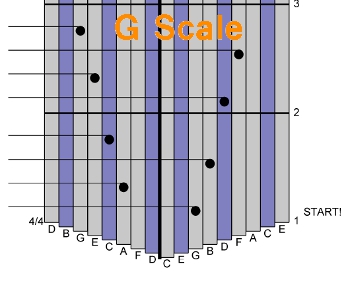
The G Scale A Box Lotus and a Regular Lotus Karimba This series of tips is about scales and how useful they are for the kalimba player. The G major scale usually has an F# in it. However, if you play a G scale – 8 tonally consecutive notes – on a 17-Note Kalimba in C, you will have an F natural, or a flatted 7th in the otherwise major scale. In music theory terms, this is the G Mixolydian mode. To me, that flat 7th is the first step toward minorness, and it introduces a funky sort of feel. (By the way, the tablature here is for a
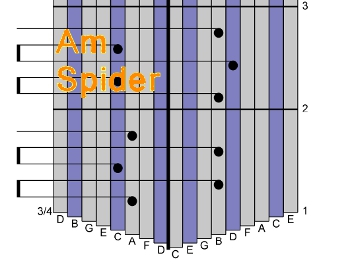
Edging Up and Down the A minor scale A Box Lotus and a Regular Lotus Karimba This series of tips is about scales and how useful they are for the kalimba player. This is a great sort of exercise to help you gain familiarity with your kalimba. Each measure only has three different notes – for example, in the first measure, it goes A B C B A. It even rests a little extra time on that last note, to give you a chance to prepare for the next part. And what is the next part? This exercise, which I call a “spider,” inches up and back down… and then
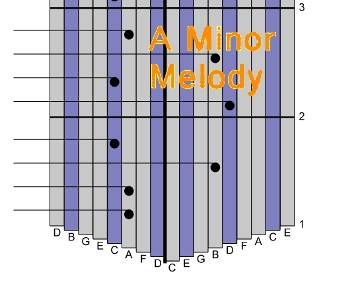
An example of a song that uses the A Minor Scale A Box Lotus and a Regular Lotus Karimba This series of tips is about scales and how useful they are for the kalimba player. Really, this song lives in the A minor scale. It breathes the air and drinks the water of A minor. It knows the curves and twists of A minor, and it follows them. It is founded on the land of A minor. OK – I like to be dramatic. Do you remember the song “Those Were the Days, My Friend”? That is an example of a song that lives and breathes in a minor scale.
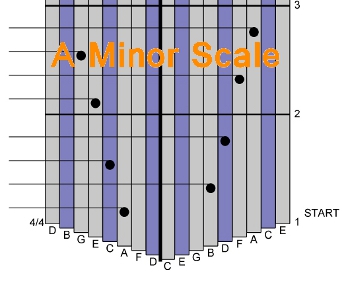
Here is the A Minor Scale A Box Lotus and a Regular Lotus Karimba This series of tips is about scales and how useful they are for the kalimba player. We have already learned that different scales can be made by playing eight tonally consecutive notes on the kalimba, zigzagging our way back and forth over the instrument. We have played the D minor scale, made by starting on D, and going to E, F, G, A, B, C, and ending on D. We can get a slightly different minor scale by doing the same procedure, but starting on A, B, C, D, E, F, G, A. (By the
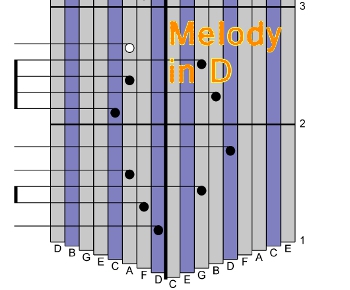
Here is a kalimba melody that uses the D Minor Scale A Box Lotus and a Regular Lotus Karimba This series of tips is about scales and how useful they are for the kalimba player. This tip illustrates some music you can play in the D minor mode of your kalimba. Of course, the real lesson is for YOU to create some music in the D minor mode, so pay attention to this music and then try your hand at creating your own. (By the way, the tablature here is for a 17-Note Kalimba in C, but the concept and even the tablature is the same for many
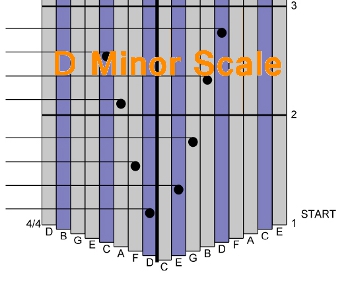
The Kalimba Plays Many Scales – here is a D Minor Scale A Box Lotus and a Regular Lotus Karimba This series of tips is about scales and how useful they are for the kalimba player. If you start on the middle tine – C – and alternate – right – left – right – left outward and upward and stop 8 notes higher, on the left side’s C, you have just made the C major scale. Now, instead of starting and ending on C, try starting on the low D just left of the center tine… and alternate your way up the scale, and stop on D. This is

Sign up for our newsletter and free resources with your email address:
We pinky promise not to spam you and to only send good stuff.
 Christmas in July 2025
Christmas in July 2025 Patriotic and American Music for Kalimba
Patriotic and American Music for Kalimba